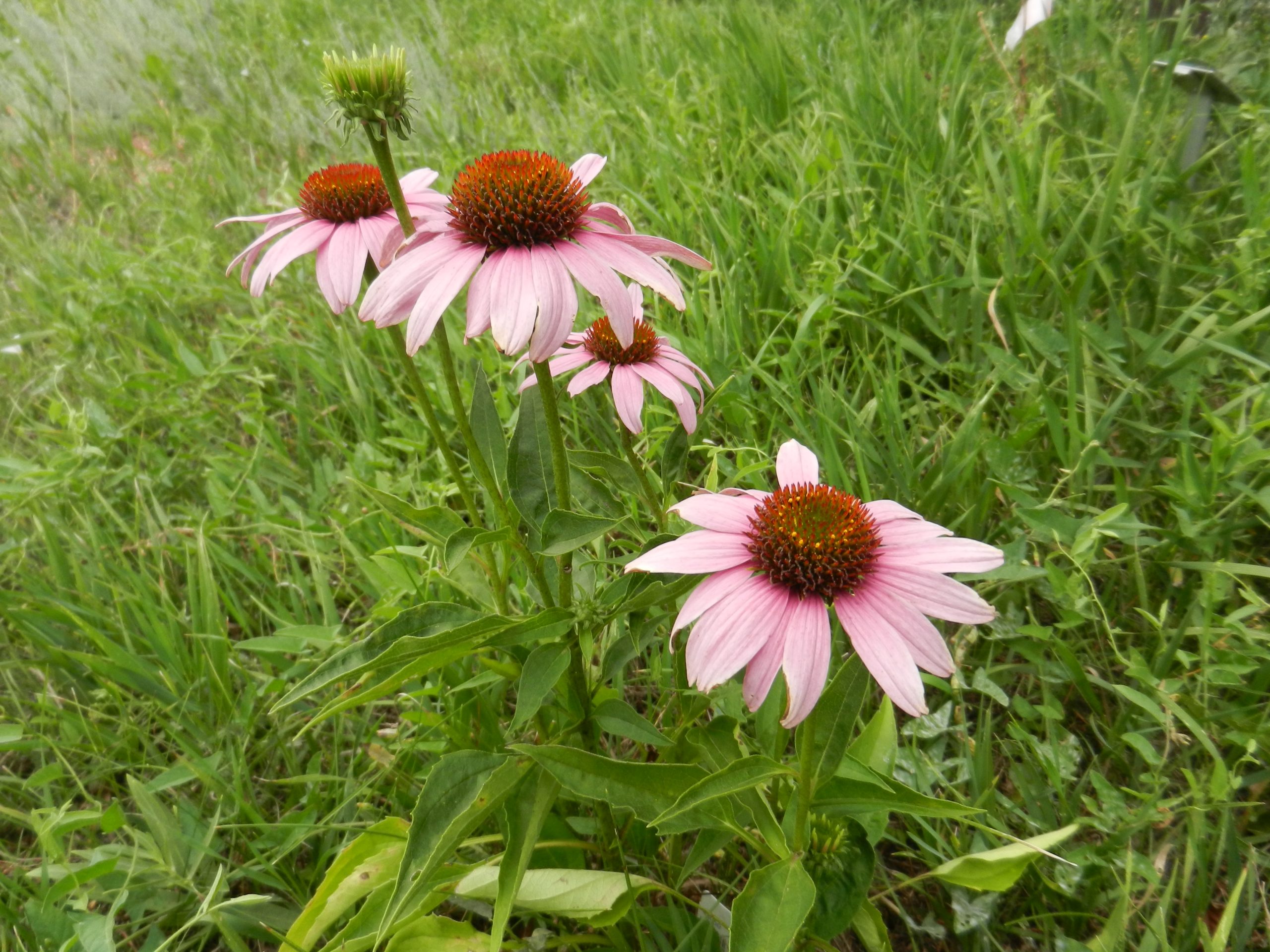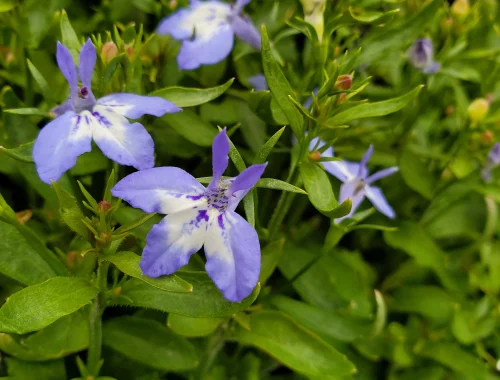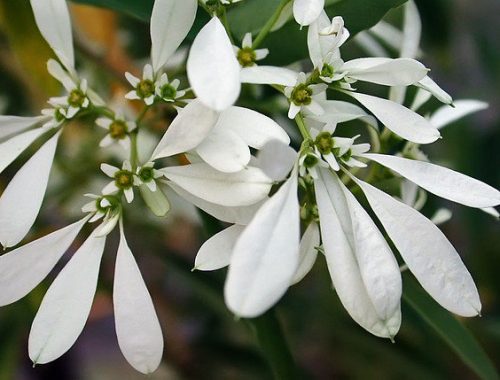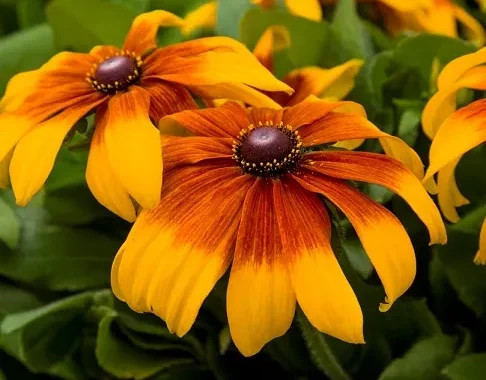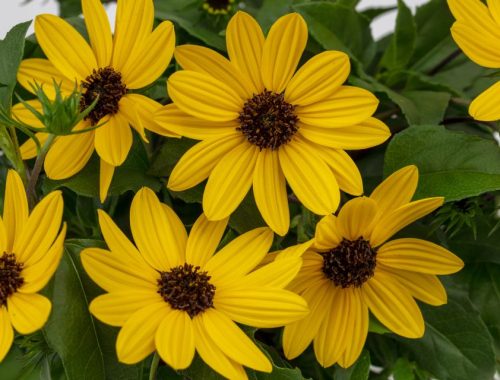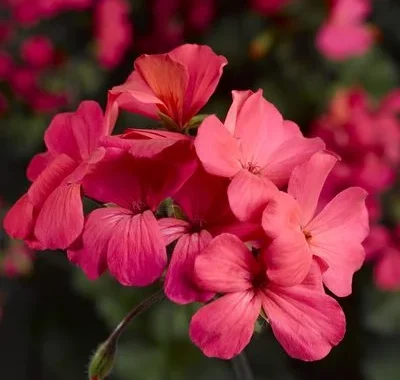This genus is extremely varied in its plant forms and habitats, ranging from large, succulent trees and tiny, compact succulents to herbaceous perennials and semi- or evergreen, herbaceous shrubs. Their unique flower structure consists of conspicuous leaf bracts of yellow, red, purple, brown, or green, with tiny male and female floral parts in contrasting colors. Many species are notable for these peculiar flowers, as well as their handsome foliage and their remarkable form.

